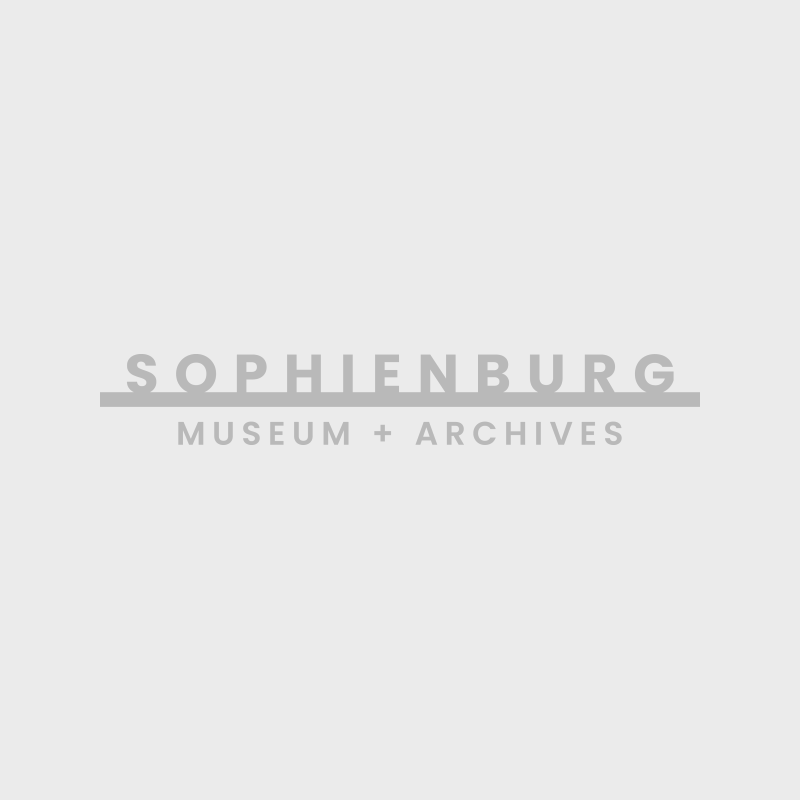By Myra Lee Adams Goff
Sometimes we find things stuck away in basements, attics, or sheds that look like they have value, but we don’t know why so we just hang on to them. That’s what happened to Karl Zipp, when about 25 years ago he came across a stack of papers written in beautiful German script in a shed behind the home that his parents lived in. He took them to Gene Mornhinweg, who translated them.
What Zipp had discovered was the early set of minutes of the old Comal Union School (1850-1883 ), a private school operating in Comaltown for 30 years. Unless you have some connection to relatives who lived in Comaltown, you probably never heard of the Comal Union School.
Zipp is presenting these minutes to the Sophienburg Archives. He believes that the records were in his family’s possession because Heinrich Koehler, who was one of the early trustees, was an ancestor on his mother’s side.
In the spring of 1846 Rafael Garza laid out the land between the Comal and Guadalupe rivers as a separate community, however, when the Texas Legislature incorporated the City of NB, Comaltown was included (May, 1846). It was only natural that the citizens in that area would want a school for their children since they had to walk across the Comal River to get to the city school.
The Comal Union School received a charter from the state in 1852. A constitution was drawn up for a private school. Incorporators of the school were Daniel Murchison, David Coleman, William Sattler, J.J. Ottens, Conrad Pape, C. Engelke,J.J. Klingemann, Julius Harms, and Johann Georg Moeller (my g-g-grandfather).
The constitution provided for the election of six trustees, three to be German and three to be English. Teachers were to teach in German and English.
M.A. Dooley sold a lot to the incorporators for $10 on the NE corner of Houston and Austin Sts. catercorner to the hospital. The building was totally built by the patrons. The minutes indicated what men donated towards the construction of the building in supplies and work. For example, there are detailed accounts of what each person did for the building and time spent. Someone cut trees for 28 days, one delivered a wagon-load of wood, one hauled a load of flooring from the mill. Someone brought stones, lime, chalk, and sand. The building was heated by two fireplaces with chimneys of native stone.
Board president D. Murchison announced that Mr. Julius Harms and his wife were named teachers with a salary of $200 for both per year. Next came instructions for the teachers such as: punishment was to be by warning, shame or bodily chastisement (with no harm), courses should be German, English, Government, Style Practice (writing) Geography, and Nature. Advanced courses were Literature, French, Classics, and Feminine Handiwork. Cost for elementary students was $2.50 and advanced classes were $4.00 and $6.00.
The records give us a good idea of who was living in the area by the list of children’s names, who their father was, and how many days each went to school that first year.
Meanwhile, the downtown New Braunfels Academy was organized and received a charter in 1858.The Academy was the first tax supported school in the state. They were given permission to levy taxes to all NB citizens. An inter-school row took place when the Comal Union School did not receive its pro rata share of the tax, although patrons in the area were taxed for schools. Comaltown citizens repeatedly sent petitions to the City Council and the Academy school board. The Texas Legislature finally amended the Academy’s charter so that funds derived from local taxes could be prorated among the schools in the city and contention was over. Comal Union School eventually became a NB ward school.
You may want to come to the Sophienburg and check out these interesting records.







